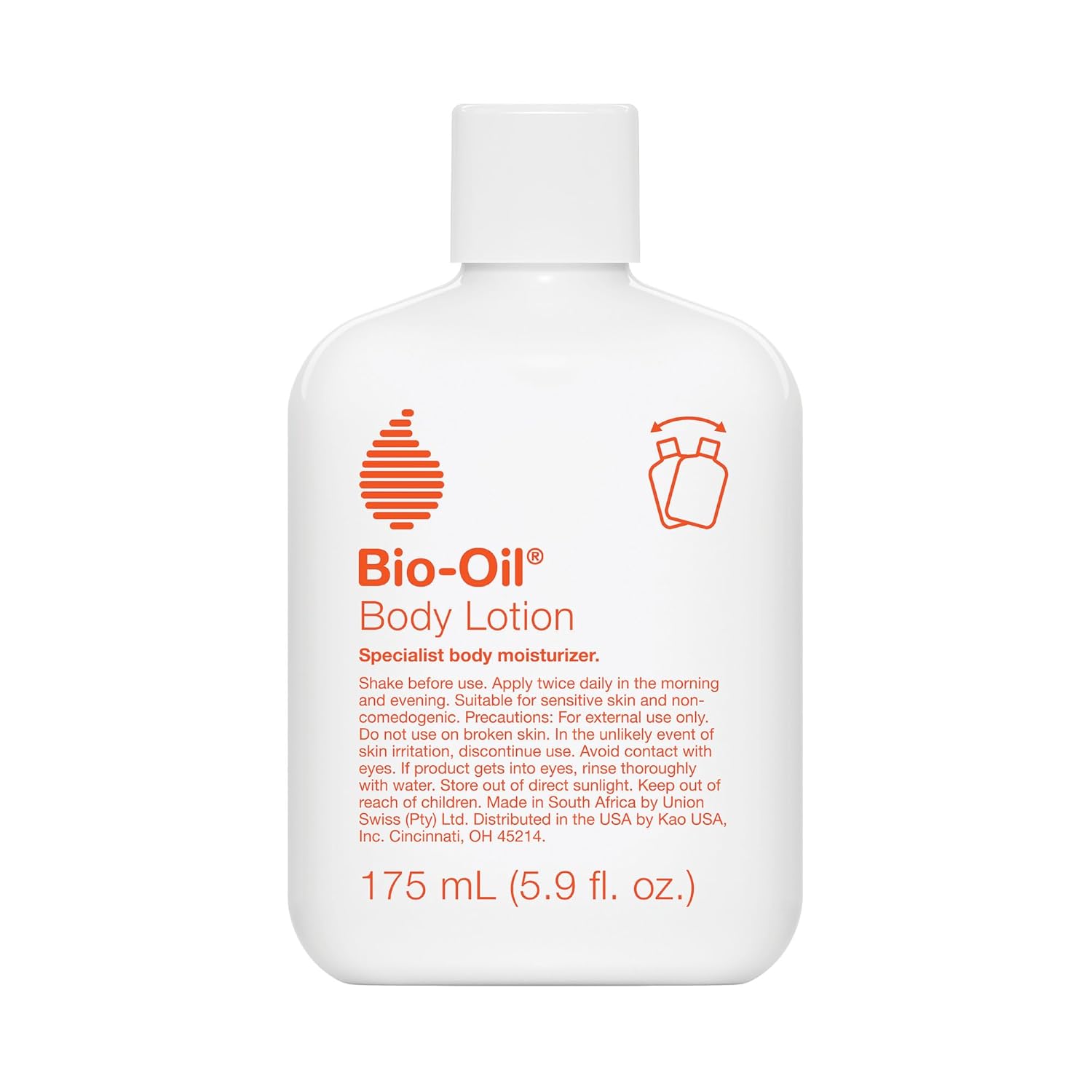









Price: $14.49 - $9.66
(as of Apr 08, 2025 09:38:28 UTC - Details)
What is the Best Oil for Face? A Comprehensive Guide to Choosing the Right Face Oil
Introduction
When it comes to skincare, one of the most talked-about products is face oil. But what is the best oil for face? With so many options available, it can be overwhelming to choose the right one for your skin type. In this article, we’ll explore the best oils for your face, along with their benefits, to help you make an informed decision. Whether you have dry, oily, or combination skin, there’s an oil out there that can work wonders for you. Let’s dive into the world of face oils and discover the best one for your needs.
Understanding Face Oils
What Are Face Oils?
Face oils are concentrated products designed to hydrate and nourish the skin. They are typically made from plant-based oils and are packed with essential fatty acids, vitamins, and antioxidants. These oils can penetrate deeply into the skin, providing moisture and helping to restore a healthy glow.
Benefits of Using Face Oils
Using face oils can offer numerous benefits, including:
- Deep Hydration: Face oils can lock in moisture and keep your skin feeling soft and supple.
- Nourishment: The vitamins and nutrients in face oils can help improve your skin’s overall health.
- Balancing Oily Skin: Contrary to popular belief, using face oils can actually help balance oily skin by regulating sebum production.
- Anti-Aging Properties: Many face oils contain antioxidants that can help combat signs of aging.
Best Oils for Different Skin Types
1. Best Oil for Dry Skin
If you have dry skin, look for oils that are rich in fatty acids and provide intense hydration. Jojoba oil is an excellent choice because it closely mimics the skin’s natural oils, making it a great moisturizer. Another great option is argan oil, which is loaded with vitamin E and fatty acids that help to nourish and hydrate dry skin.
2. Best Oil for Oily Skin
For those with oily skin, the best oil would be one that is lightweight and non-comedogenic. Grapeseed oil is a fantastic option as it is light and absorbs quickly without clogging pores. Additionally, hemp seed oil is known for its ability to balance oily skin, making it less prone to breakouts.
3. Best Oil for Combination Skin
Combination skin can be tricky to deal with, but there are oils that can help. Rosehip oil is a great choice because it is light yet moisturizing. It helps to balance the skin while providing essential nutrients. Another option is squalane, which hydrates without leaving a greasy feel, making it ideal for combination skin.
4. Best Oil for Sensitive Skin
If you have sensitive skin, you’ll want to choose oils that are gentle and soothing. Chamomile oil is perfect for calming irritated skin, while marula oil is lightweight and rich in antioxidants, making it a great choice for sensitive skin types.
5. Best Oil for Aging Skin
For aging skin, look for oils that are rich in antioxidants and can help improve elasticity. Pomegranate seed oil is packed with antioxidants and can help reduce the appearance of fine lines. Avocado oil is also a fantastic choice, as it is rich in vitamins A, D, and E, which promote youthful-looking skin.
How to Use Face Oils
Using face oils is simple and can be easily incorporated into your skincare routine. Here’s how:
- Cleanse Your Face: Start with a clean canvas by washing your face with a gentle cleanser.
- Apply a Toner (Optional): If you use a toner, apply it before the oil to prep your skin.
- Use a Few Drops of Oil: Take a few drops of your chosen face oil and warm it between your palms.
- Gently Massage into Skin: Apply the oil by massaging it into your face using upward circular motions.
- Follow with Moisturizer: If needed, seal in the oil with a light moisturizer.
Tips for Choosing the Right Face Oil
1. Know Your Skin Type
Understanding your skin type is crucial when selecting a face oil. Whether your skin is dry, oily, or sensitive, there’s an oil that can cater to your specific needs.
2. Check the Ingredients
Always read the ingredient list. Look for oils that are cold-pressed and organic for the best quality.
3. Patch Test
Before fully incorporating a new oil into your routine, do a patch test to ensure you don’t have any adverse reactions.
4. Start Slow
If you’re new to face oils, start with a small amount to see how your skin reacts. You can gradually increase the amount as needed.
Conclusion
In conclusion, choosing the best oil for your face depends on your skin type and specific needs. From jojoba oil for dry skin to grapeseed oil for oily skin, there’s a plethora of options available. Remember to consider your skin type, check the ingredients, and start slow when introducing a new oil into your routine. With the right face oil, you can achieve healthy, glowing skin. So, what is the best oil for face? The answer lies in finding the oil that suits you best! Happy skincare!
ULTRALIGHT FORMULA — ‘Shake before use’ technology allows lotion to be ultralight yet highly effective moisturizing skin
REPLENISH DRY SKIN — Hydrate everyday dry skin, maintain skin’s natural moisture balance, supplement natural oils
ABSORBS QUICKLY AND MOISTURIZES INSTANTLY — Non-greasy ultralight fluid lotion that spread easily, absorb quickly and leaves a smooth after feel
VEGAN AND CRUELTY FREE — Vegan, cruelty free, non-comedogenic, and 100% recyclable
PREMIUM INGREDIENTS — Powerful oils, vitamins, and antioxidant hydrate skin such as Shea Oil, Rosehip Oil, Jojoba Seed Oil
